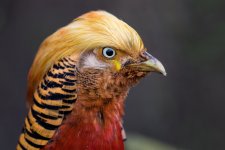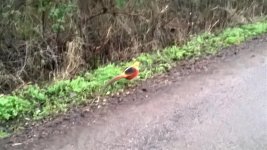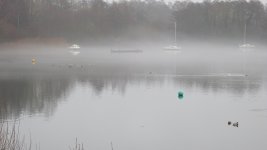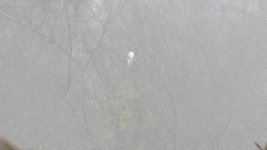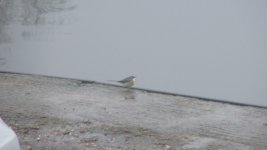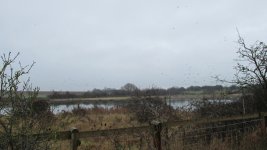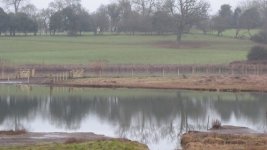:cat:the fencing work has now been completed.
I will mention Phil's concerns to the Trust and get a better picture of what will be happening over the next few months. I am concerned that bird strikes (into barbed wire ) could be a problem . In the past we have put heavy duty tape on wire that is close to water. This coming year will be an interesting one, especially at the Flashes. The phragmites problem is a major threat to the wellbeing of the Flashes and hopefully this will be the start of the revival of the site. The water levels will also be different so all round there will be a lot going on. This will require thorough monitoring of birds interactions with the change in habitat and grazing regime at the Flashes. So your input will be most welcome. Put any observations in the Log book and or post on here, including bird species, numbers and where they are feeding. It will certainly be different at the Flashes this year but that doesn't necessarily mean it's going to be a bad thing. Interesting times ahead.:t: John







